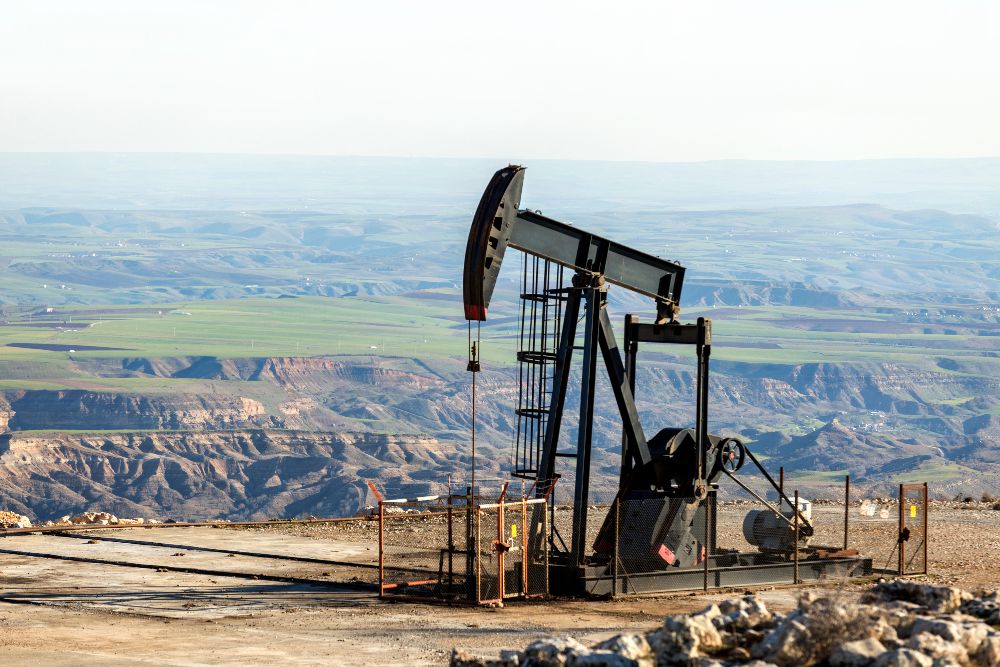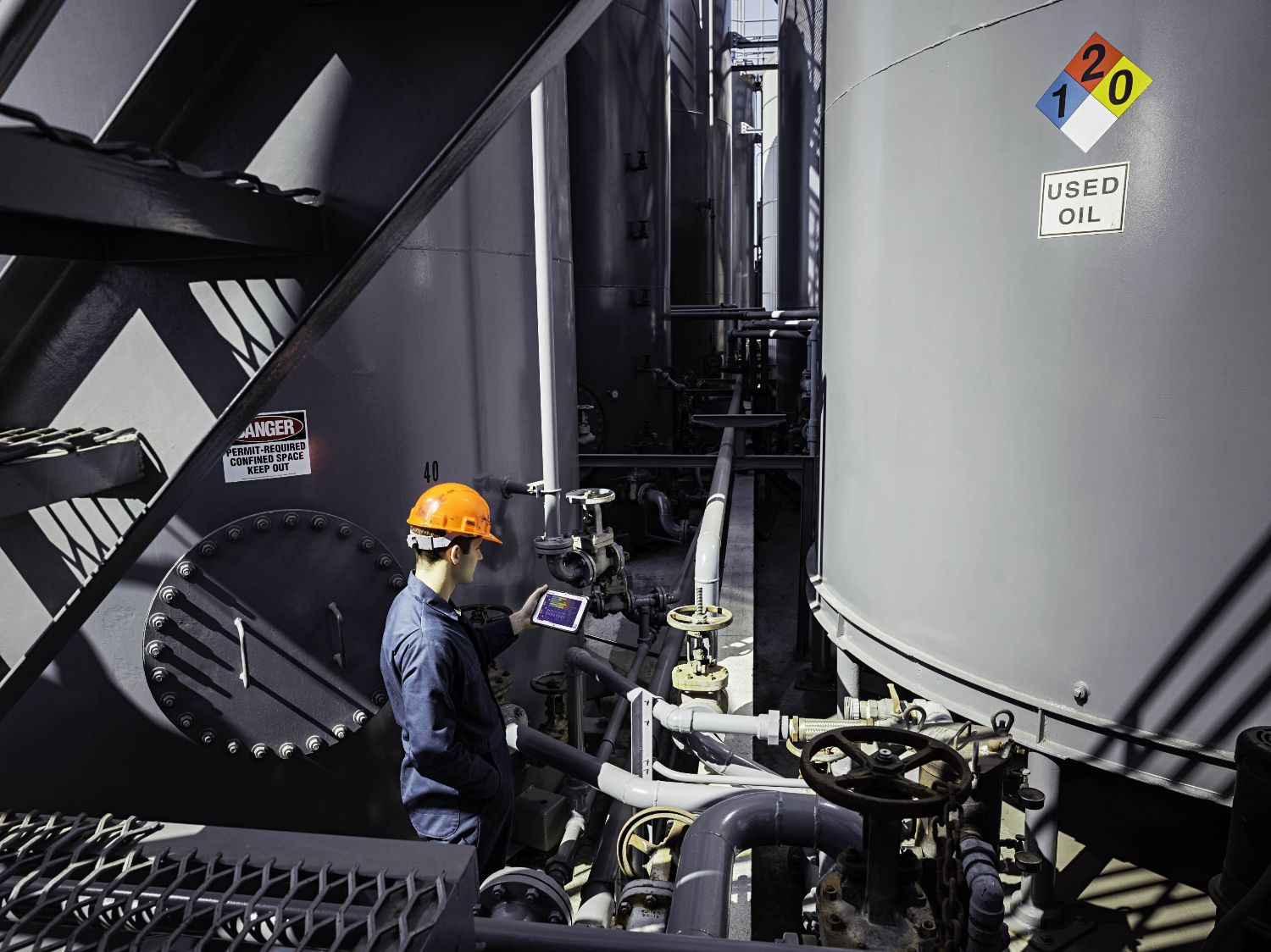5 Key Mobility Solutions in the Oil and Gas Industry
Note: This article has been updated here.
With rapid advancements, new mobile solutions in the oil and gas industry are helping companies improve processes, enhance productivity, increase efficiency, and improve worker productivity and safety.
A work approach that finds employees using tablets, laptops, and smartphones to do their jobs from anywhere, enterprise mobility is making a profound impact on how organizations of all sizes — and across all industries — operate in the information age. Facilitated by rapid advancements in technology and a continuous stream of new rugged devices and applications, the use of mobile technology in oil and gas can help them improve processes, increase efficiency, and improve worker productivity, among other benefits.
Calling mobility “the cornerstone of field worker efficiency,” Rigzone says that efficient field workers equate to more productive oilfields. “A new suite of technology driven by connectivity is revolutionizing mobility in the oil and gas sector, allowing enterprise producers to compete in an era where only the most efficient will survive,” it reports, adding that mobility technology is at the forefront of this change.
5 Ways to Put Mobility Solutions to Work in the Oil and Gas Industry
In CIOReview, GE’s Oil & Gas CIO discusses how technology is reshaping the sector, but admits that the “oil and gas industry has often lagged behind other industrial sectors” in adopting technologies like big data, cloud, RFID, and the Internet of Things. This puts the sector in a great position to be able to leverage the value of mobility to increase efficiencies and reduce costs.
Here are five ways oil and gas companies can use mobility to achieve these goals, and more:
-
Leverage real-time field data in the cloud
By providing access to analyzed data from vast oilfield sensor networks and Supervisory Control and Data Acquisition (SCADA) systems, mobile devices allow operators to see which wells need most attention to avoid dips in production, Rigzone points out. Add AI to the equation, and a fleet of field workers can be guided through the oilfield using the most logical route according to real-time field data and the location of other workers. “With all data and analyses based on the cloud,” it concludes, “all this intelligence is available from anywhere at the touch of a button.”
-
Minimize operational downtime
Its own unique world, the oil and gas industry relies on offshore rigs that are nothing short of self-contained cities that operate on a 24/7/365 basis. Onshore rigs operate on the same demanding schedule, with pipeline workers often finding themselves in untamed terrain. With the enormous investment in the discovery and production of oil and gas, rigs must operate around the clock and unplanned downtime is unacceptable.
Using mobility solutions, companies can better manage essential business communications; monitor and maintain highly-complex operations, use dashboards to make continuous operational improvements, and connect remote crews to the important people in their lives.
-
Manage field data with rugged laptops
Like many other industries, oil and gas continues to grapple with paper-based, manual processes that inhibit efficiency and basically hinder good collaboration across the enterprise. Using rugged mobile devices, employees working out in the field can better manage data capture and validation, and then share that critical information with other departments and users.
Equipped with rugged laptops, for example, geologists and geophysicists can quickly and accurately input, probe, and analyze data. They can also use the devices to generate real-time 3D models and more accurately locate underground reservoirs of oil and gas. Field employees can also use rugged tablets to detect temperature anomalies while doing safety rounds in facilities.
-
Rugged devices connect geographically-dispersed crews
By connecting the back office to the field in a two-way dialogue, rugged mobile devices allow field workers to receive and request guidance based on the actual health of the well or objects in front of them. And, superintendents can track the location of field workers and get important updates like production data live. Mobility solutions also reduce wasted time by directing field workers to where they need to be and allowing them to better capture data onsite, Rigzone says.
“Handheld mobile devices offer a solution to capture data in the field quickly and easily,” the article continues. “Captured data is then uploaded instantly giving the entire organization unprecedented visibility of their operation.”
-
Create a safer, more secure work environment
Mobility solutions do more than just save operators time and improve productivity. They also provide a digital system of record that helps limit safety incidents by granting employees access to data in real time, according to IMEC Technologies.
“With mobile technology, oil and gas companies can improve their workflow efficiency with the ability to make decisions faster and respond to incidents or accidents quicker,” it continues, “ensuring that the correct people are alerted once an incident is reported.” This, in turn, helps oil and gas companies create a safer work environment for employees while also protecting valuable property and equipment.
Choosing the Right Mobile Solutions
Out in the field, mobile devices, tablets, and rugged laptops help oil and gas workers quickly and effectively communicate with supervisors and respond to potentially serious incidents. They also play a critical role in functions like location tracking, inspection, asset management, surveying, and environmental assessments.
For best results, oil and gas companies should invest in purpose-built rugged devices that can withstand drops, extreme temperatures, dust, and liquids. Other key attributes to look for when investing in mobility solutions are displays that can be easily read under direct sunlight in the field; long battery life; and screens that can be used by workers who are wearing gloves.
“For oil and gas, [the] end user is the field worker and they need apps that provide easy access to information, to make better decisions in the field,” Rigzone reports. “Decisions that will make them more efficient, allowing them to do more, and decisions that will maximize production, elevating the company as a whole.”
To learn more about how oil and gas companies are approaching digitization for their mobile workers, download this survey report.
![]()


